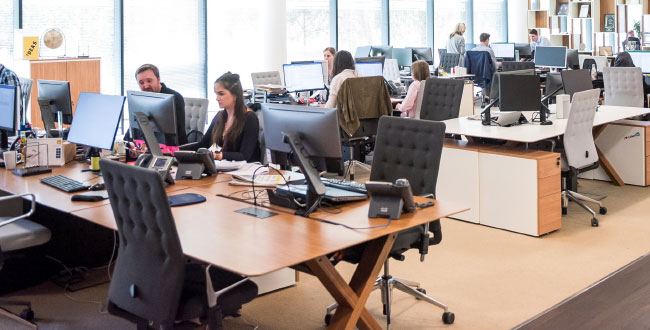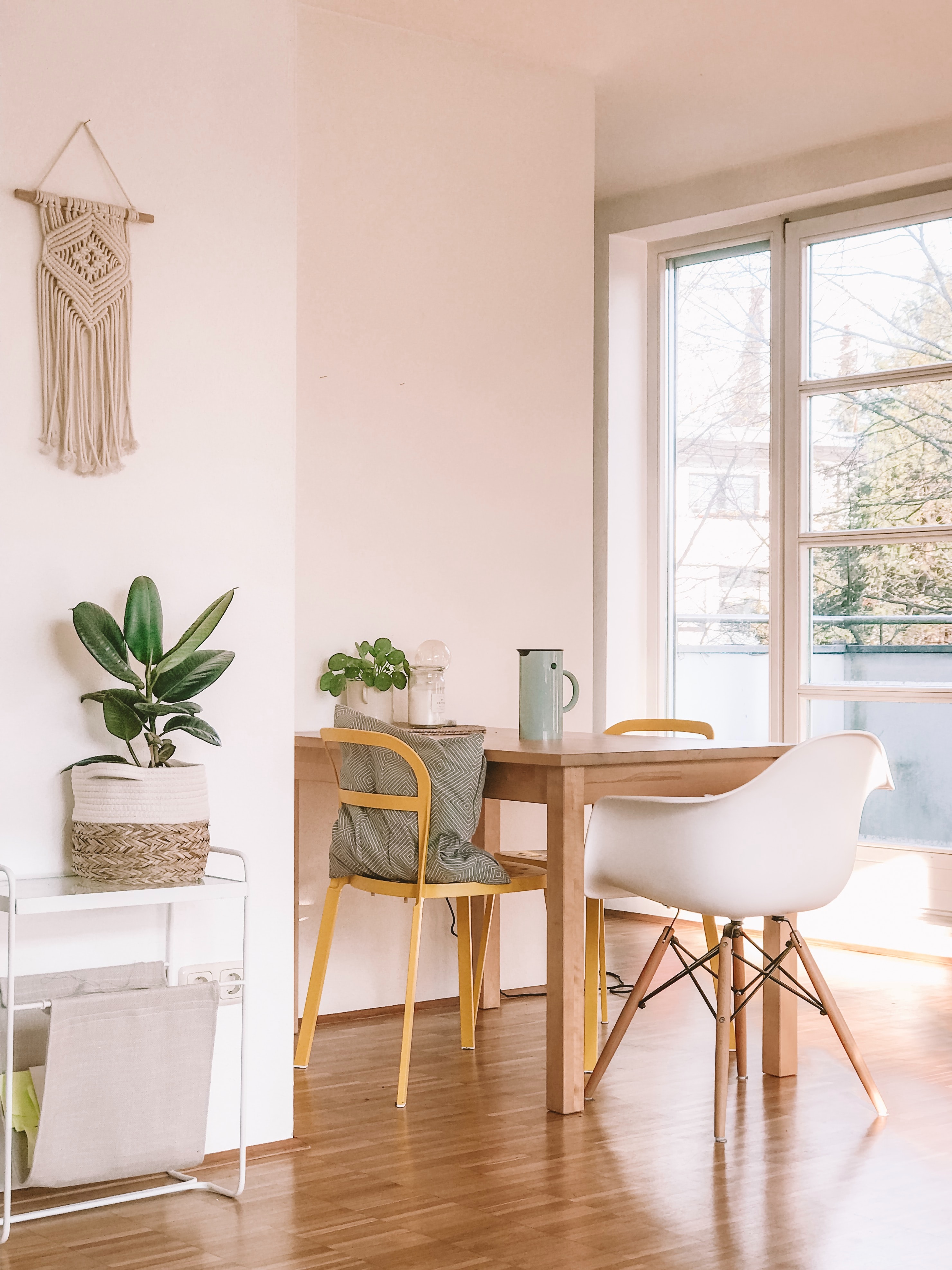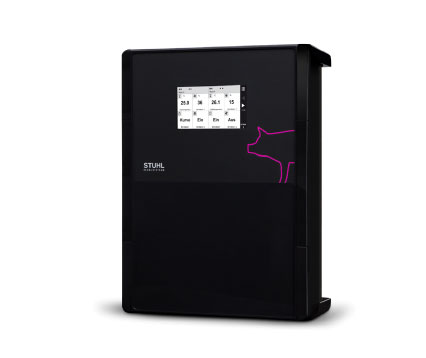VIRUS LOAD AND CO2 REDUCTION THROUGH AUTOMATIC VENTILATION OF OFFICE ROOMS
The air quality in rooms is an often neglected production factor. In this article you will learn how to ensure the optimum climate.
THE IDEAL ROOM VENTILATION
Ventilation systems, air circulators or simply windows?
Thick air in meetings, employees freezing and sweating next to each other in open-plan offices or stale air in classrooms – unfortunately, these are still everyday occurrences today.
Headaches, mood disorders and signs of fatigue are the result.
But insufficient ventilation also encourages the spread of pathogens.
Ultimately, the only remedy is to replace the room air with fresh air.
with fresh air.

How to measure bad air
An essential indicator for the quality of the air is the CO2 concentration.
For fresh air, this value is around 400 ppm (parts per million). Values of up to 1,000 ppm are considered acceptable, but restrictions on performance can be detected as low as 800 ppm. A CO2 sensor is ideal for continuous measurement. In conjunction with existing ventilation systems, the sensor enables optimal control of ventilation performance.
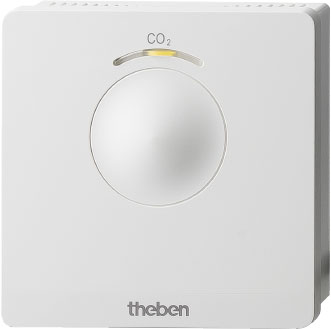
Types of ventilation systems
The most obvious way to exchange indoor air seems to be opening windows and doors. But that’s not always an option – especially on the 20th floor of a modern office building. But even where windows are present, this type of ventilation is definitely associated with disadvantages.
For example, to exchange the entire volume of air in an office of 10 m2 , cross-ventilation is required for at least 5 minutes per hour. In a classroom it is already significantly longer. This means completely open windows and doors with a corresponding draught.
With tilted windows, even 30-60 minutes must be allowed for. This is neither realistic nor energetically reasonable in everyday life.
In addition to conventional ventilation, various technical systems are in use
- mobile air cleaners
- permanently installed ventilation systems
- decentralized systems or
fan-window combinations
For the evaluation of the system efficiency, ventilation and air purification effects are often considered equally. However, the decisive factor for the quality of indoor air is the concentration of CO2 – which depends exclusively on ventilation.
For example, room air filters, which have been frequently encountered since the Corona pandemic, offer a perfectly acceptable effect in filtering viruses or bacteria. However, constantly circulating the room air does not change its CO2 content and therefore often proves to be less effective.
Permanently installed room air systems offer not only considerable heat recovery but also the advantage of being combined with filters. However, such systems are very expensive and often difficult to operate equally optimally for all areas. Retrofitting is rarely an option because of the considerable construction effort involved.
Decentralized ventilation systems perform best in tests. These units are permanently installed on exterior walls or the ceiling, but operate independently for a specific room or area. These units are inexpensive to retrofit and provide optimal ventilation performance with low energy consumption.
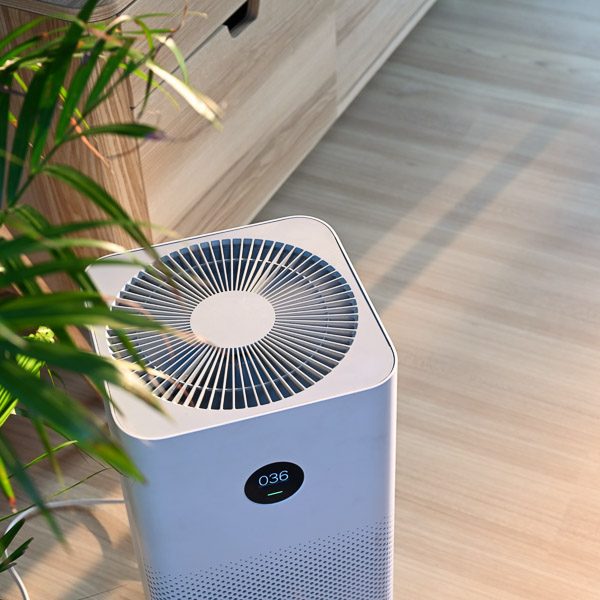
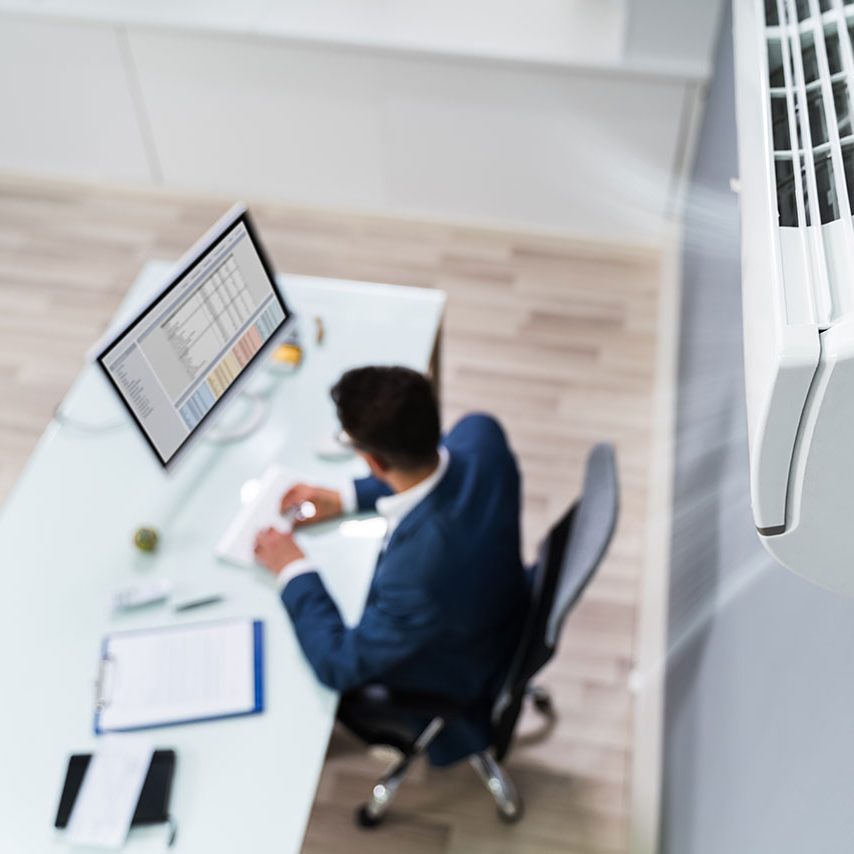
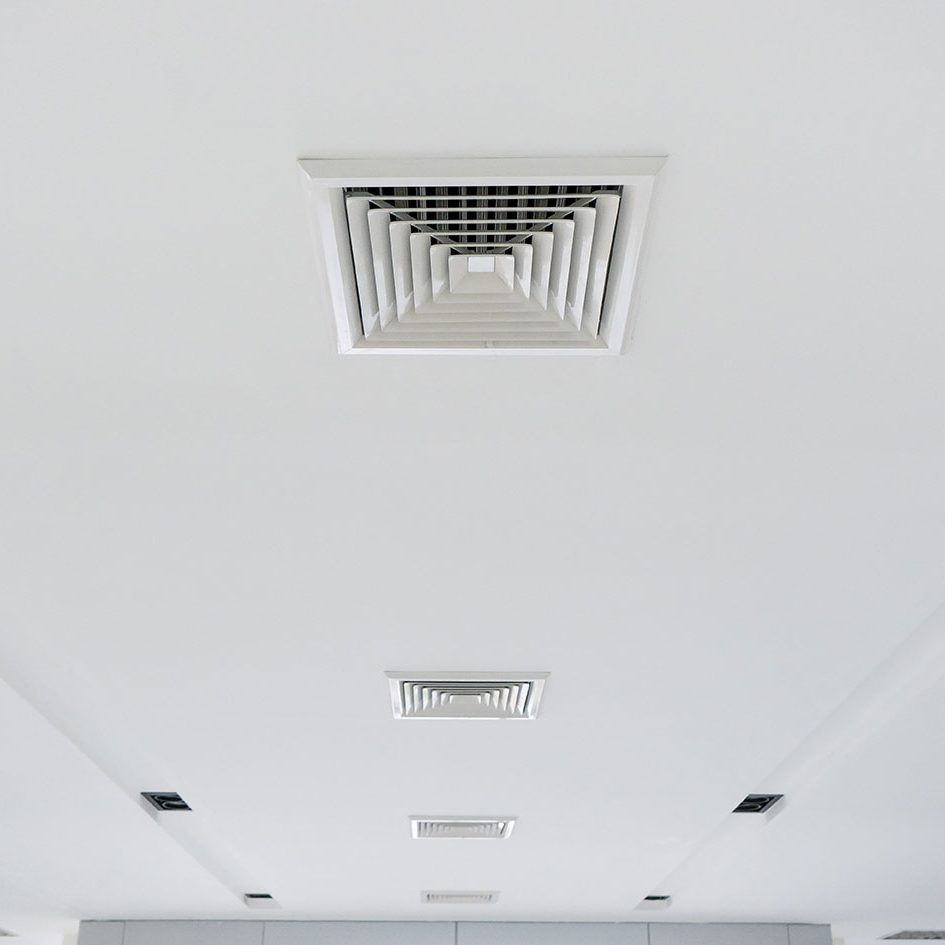
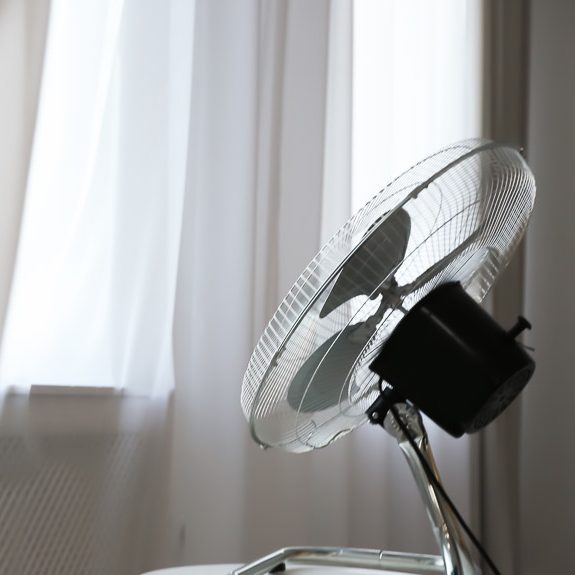
Conclusion
Continuous measurement of air quality with a CO2 sensor is a basic requirement for controlling any ventilation system.
Mobile circulators with HEPA filters work reliably against viruses, but do nothing to improve air quality.
Relatively simple and inexpensive to install are decentralized ventilation systems or fixed-fan combinations in conjunction with CO2 sensors. This form of ventilation provides the best results.

STUHL CLIMATE CONTROLLER SCC
WITH CO2 SENSOR
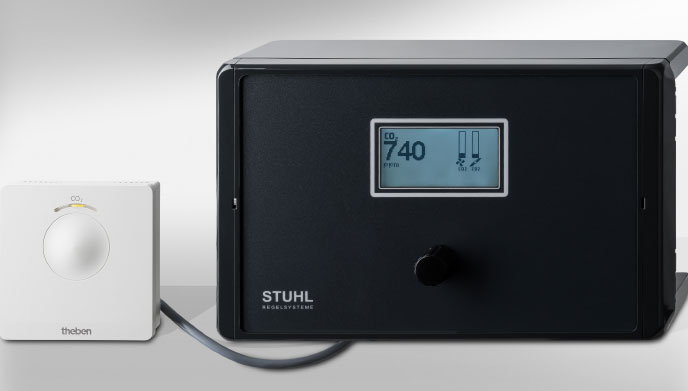
With the SCC-CO2 controller you provide the necessary fresh air supply in classrooms and offices as well as in lecture halls and event rooms.

